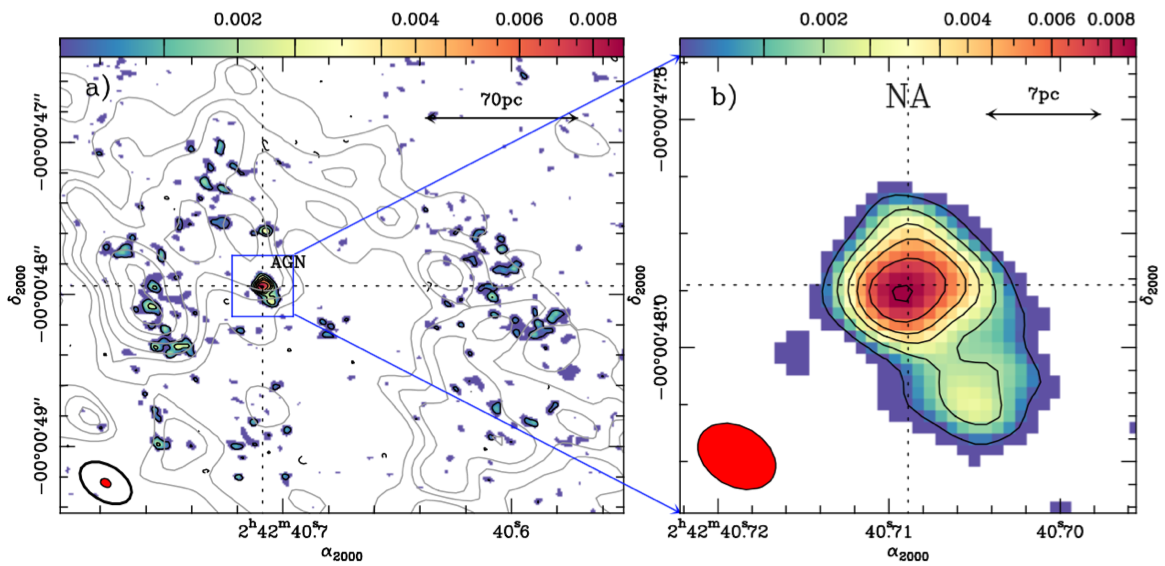Title: ULIRGs ALMA-ELT postdoc at CAB
Centre: Centro de Astrobiología (CAB/CSIC-INTA), Madrid, Spain
Type: Postdoctoral
https://www.sea-astronomia.es/ulirgs-alma-elt-postdoc-cab
The Astrophysics Department of the Astrobiology Center (CAB/CSIC-INTA),
Madrid, Spain, offers a 3-year postdoctoral position to investigate the
connection between star-formation, AGN, and gas outflows/inflows
(feedback) in ultra-luminous infrared galaxies using high-spatial
resolution observations. The successful candidate will work with Dr.
Miguel Pereira-Santaella and his research group.







